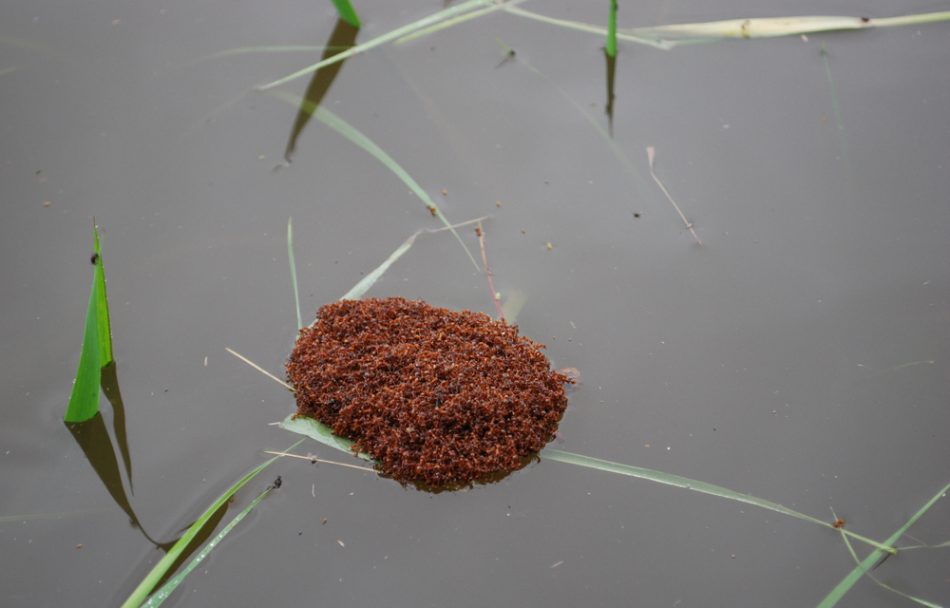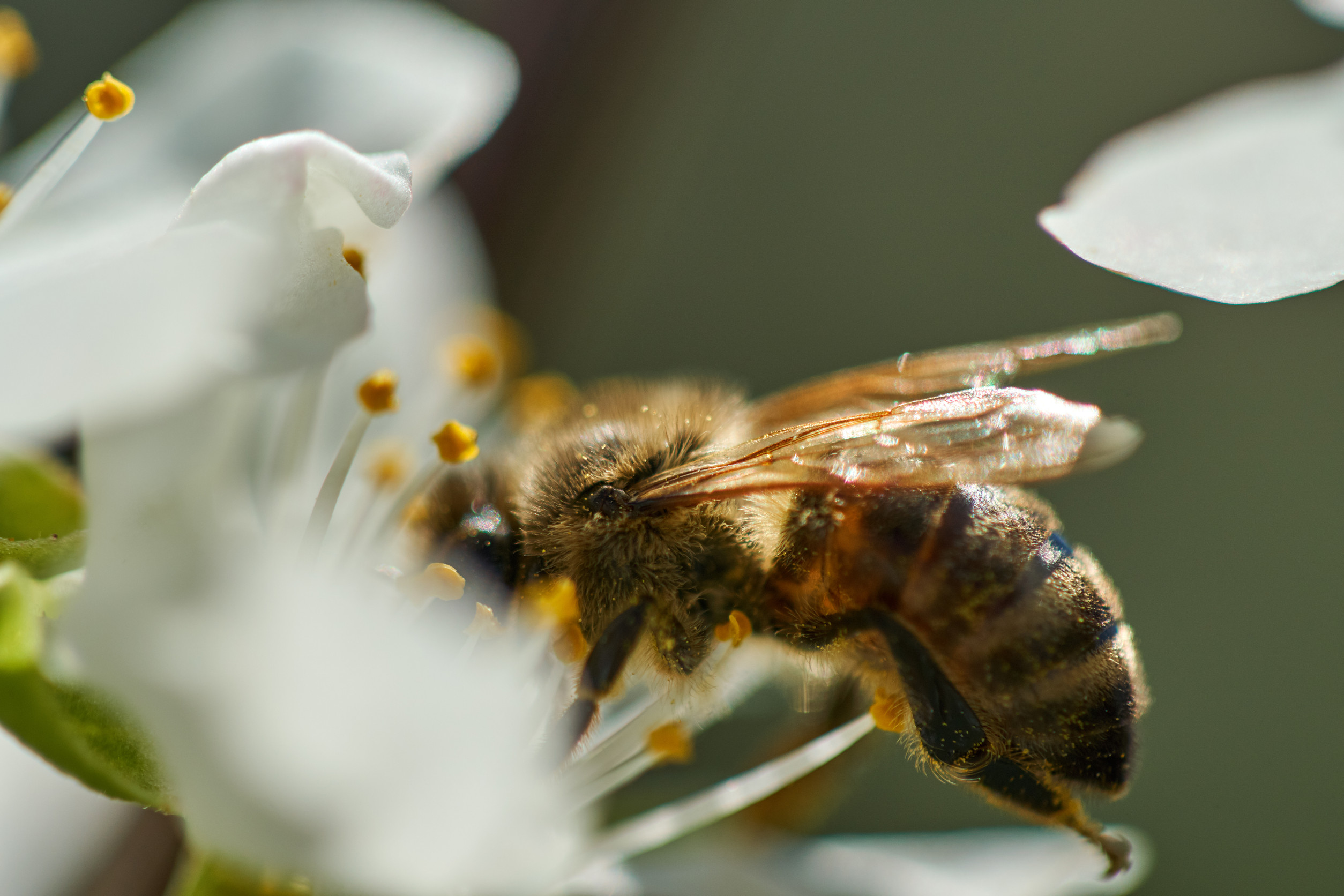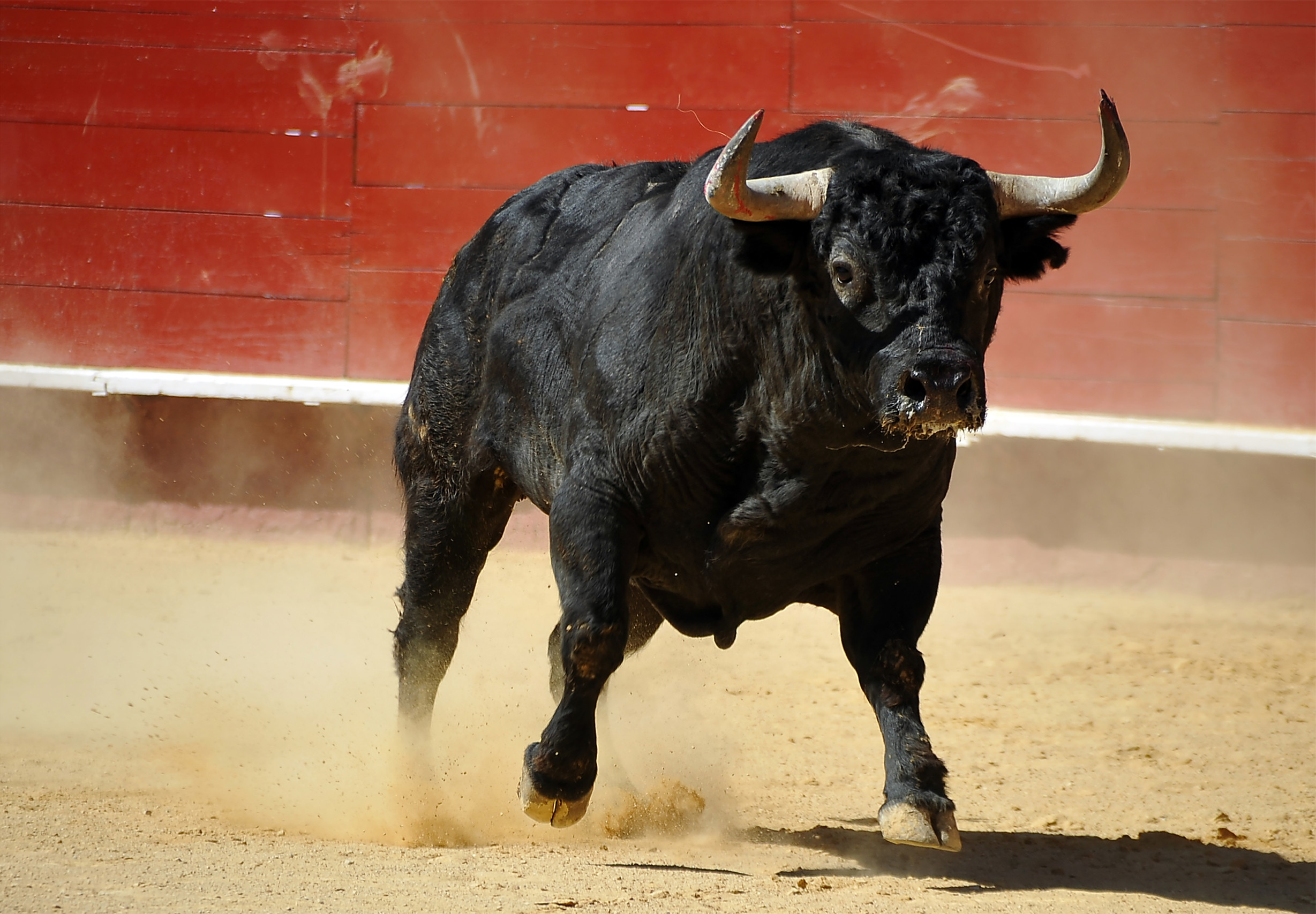Ants are extremely adaptable creatures. The little critters are one of the strongest animals in relation to their size, being able to carry 50 times their own body weight. They are also the longest living insect, with some species living for around 30 years. However, the teamwork these tiny animals display is one of the most fascinating parts about them.
Floating fire ant cooperation
When finding themselves in a situation battling against a body of water, fire ants pull out their flood defenses and come together in their hundreds or thousands to create floating rafts. “Single ants are not as smart as one may think, but, collectively, they become very intelligent and resilient communities,” said Franck Vernerey, professor at the University of Colorado Boulder.
Vernerey and his teammate Robert Wagner found inspiration in this collective behavior, thinking of numerous innovative applications that could come from it. So, the pair decided to study the mechanics and mathematical formulas behind the spectacle by dropping thousands of fire ants into a bucket of water and watching the magic happen.
They found that the shape of the ant raft drastically changed over time, contorting, compressing, and decompressing depending on the ant behavior. The faster the team of ants moved, the more they expanded outwards with long projections forming.
Verney and Wagner’s paper was published in PLOS Computational Biology and termed this process “treadmilling”, where ants from the bottom of the raft crawl up to the top over hour long periods. “The whole thing is like a donut-shaped treadmill,” Wagner said.
How did these ants inspire engineers?
Understanding the interactions between the colony of ants could provide engineers with valuable information about the laws many other things in the world operate under.
Taking inspiration from the ant’s self-healing structure, the team suspects the math behind it could be adapted to program materials to migrate and fix broken areas. The applications don’t stop there, with potential uses in swarm robotics, a field that seeks to train robots to cooperate together. This behavior is especially useful under rapidly changing conditions and can be used for a multitude of purposes such as disaster recovery, exploring and mapping unknown areas, and in factory settings, to name a few.
“Our work on fire ants will, hopefully, help us understand how simple rules can be programmed, such as through algorithms dictating how robots interact with others, to achieve a well-targeted and intelligent swarm response,” added Wagner.
Source study: PLOS Computational Biology – Computational exploration of treadmilling and protrusion growth observed in fire ant rafts











